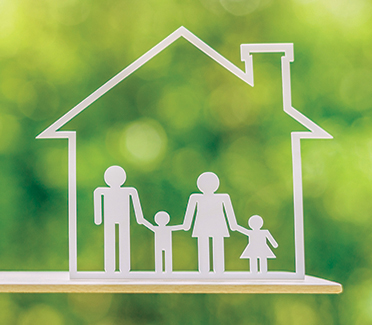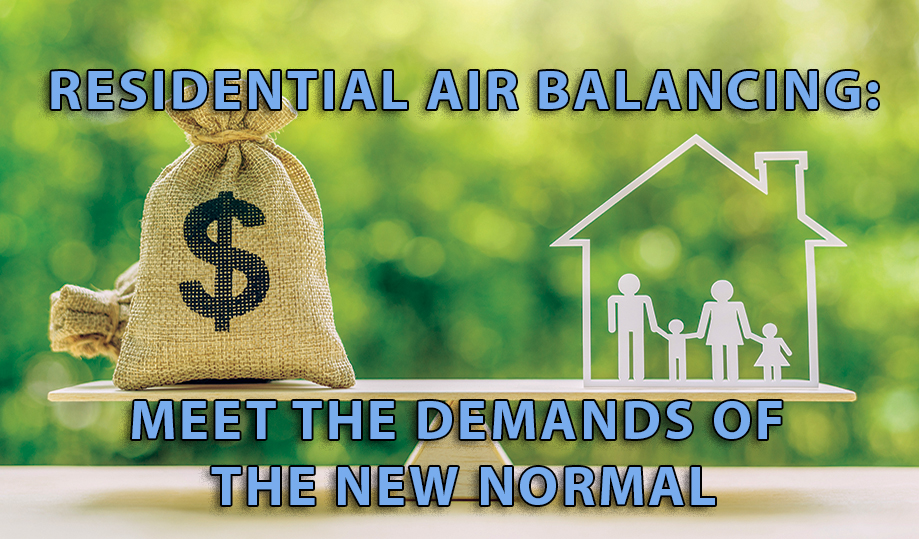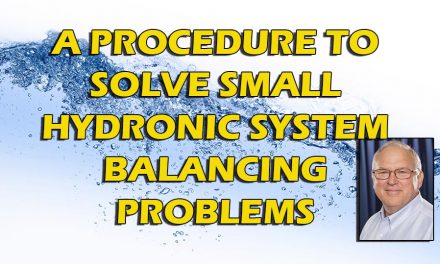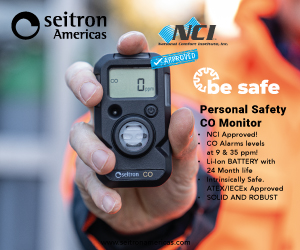Remember: overly restrictive filters may reduce system airflow and shorten equipment life. When you replace air filters that serve a suspected infectious environment, be certain to use personal protection equipment (PPE) and follow all applicable protocols.
Lower humidity significantly reduces the life span of viruses. Dehumidification increases as system cooling capacity increases. You can lower total airflow through the coil to improve the system’s latent removal capacity and provide a drier, healthier environment.
Air-balance test methods identify these system problems and verify repairs have the desired outcome.
Improve Ventilation and Airflow
Until you measure and evaluate the home’s airflow and ventilation rates, you won’t have the right information to properly adjust and correct negative impacts on the system.
When infection spread is suspected in a medical facility, balancers are often the first team called in to discover and identify defects causing it. In many cases, the balancer’s information is what directs industrial hygienists toward solutions. Air is the medium that often moves a virus throughout a building. The same principle applies to homes.
Create Positive Building Pressure
An HVAC system adjusted to create positive pressure (picture air pressure inflating a balloon) will constantly purge indoor air, forcing it out of the home. The heating and cooling system pulls outside air into the building to replace polluted air.
Did you know that supply duct system leakage negatively affects building pressures? Plus, bath, kitchen, and other exhaust fans also negatively affect a home’s pressure.

Building pressure is caused by the air movement in the building that is not widely understood outside the HVAC industry. But it makes a measurable difference in building pollutants. Air balancers measure and document building pressures who may include them in an additional report to authenticate the performance and health of the home.
In some commercial buildings, constant ventilation is specified to keep building pressures safe. When prescribing this method for use in homes, educate homeowners regarding the cost to maintain constant pressure.
You may need to add heating or cooling capacity to offset outside air brought into the home. It could cause the heating or cooling system to run longer. Also, ducts located in unconditioned spaces pick up the additional temperature and deliver it into the house.
Negative Pressure Rooms
When an occupant in a home is sick, you can employ a method used to protect healthy people in health care facilities to protect the rest of the family. Place an exhaust fan in the room and operate it continuously. This negative room pressure prevents air from being pushed out into other rooms. You can use similar strategies in a home.
Ideally, you should design the room airflow for 12 air changes per hour (Get a free air changes calculation procedure at the end of this article). Room supply airflow should be measured and compared to exhaust airflow as a separate backup verification method.
Educate Your Customers
We often communicate the air balance principles mentioned here in a language that customers rarely understand.
Your challenge is to patiently teach customers, in a language they CAN understand, the why’s and how’s of each system improvement and its health benefit to them. Once you do this, they will see past the silver-bullet IAQ solutions and have confidence that their heating and cooling system contributes to their healthy home.













Recent Comments